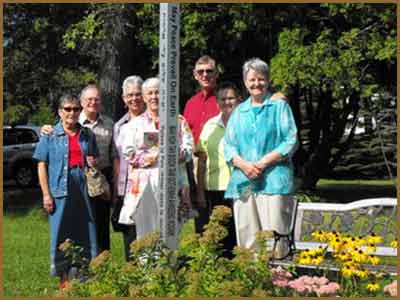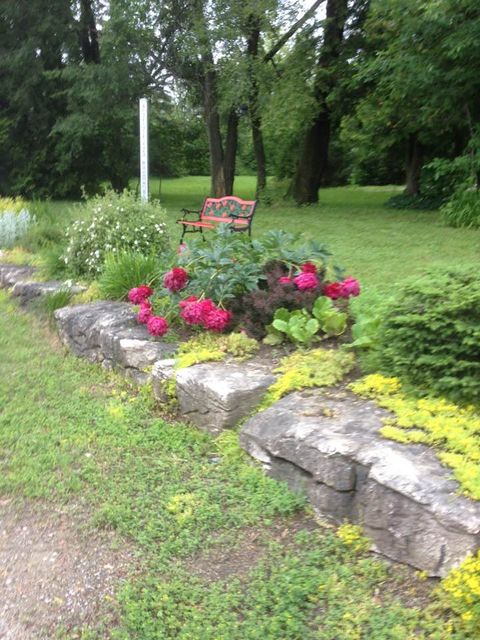HISTORY of the LITTLE CURRENT UNITED CHURCH BUILDING
A Methodist Church was built on this site in 1881. It was constructed out of limestone which was quarried from the local area . Measuring 60 feet by 40 feet it was completed in late 1882.
On July 4, 1907 the Church burned. The rebuilding of the Church began immediately. The contract was given to a Mr. A. Matts of Collingwood, Ontario. Most of the materials were brought in by boat from Collingwood and a great deal of the labour was performed by local tradesmen. Mr. Wm. Caughill pointed up all the exterior walls and set up the furnace. The interior walls were finished with lath and plaster by the contractor. Mr. David McGilvery did all the painting, varnishing and graining of the new wood. The roof was covered with metal shingles. Mr. Richard Boyter, a local tinsmith installed the eavestroughing.
The Church was completed at a cost of twenty – eighty hundred dollars.
In 1917 the congregations of the Methodist and Presbyterian Churches joined together as the Union Church and after a further union across Canada in 1925; became the United Church.
In 1923 the Assembly Hall was added to the Union Church.
Early in 1929 fire struck again. The Church interior and the Assembly Hall were completely gutted and part of the stone wall on the west side of the Church had to be rebuilt.
The walls were lengthened so as to include a foyer and a balcony above. Mr. Richie donated a new organ for the Church as well as carpeting for the aisles and the choir loft
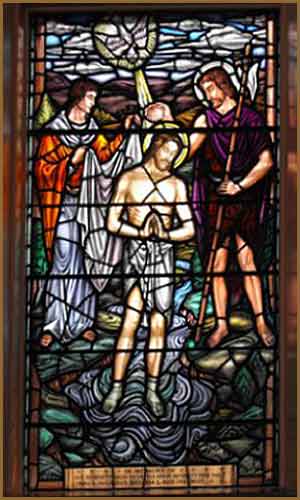
Over the years changes have been made to the now United Church. Two stained glass windows were installed. In 1981 an extension was added to the west side of the Church and north side of the Hall to provide wheelchair access to the Church and Hall from ground level as well as the addition of the Minister’s study and a washroom. In 1987 a dedication of the Church steeple and re-dedication of the Church bell was held. Also a carrilon was installed; programmed to play at certain hours. In 1993 a new steel roof was installed. In 2005 a few changes were made to the dias of the Church. The pulpit now rests to the side rather than the centre and the organ was moved to the east side.
In the spring of 2011, 48 solar panels were installed on the south facing roof of the hall and connected into the Hydro One power grid on June 17 generating a green source of energy and revenue for the church.
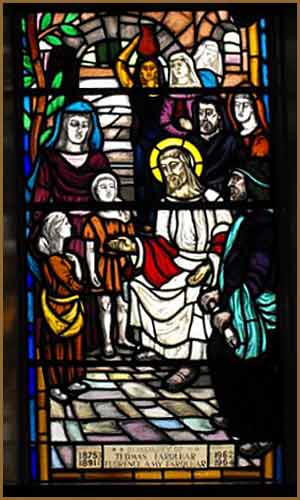
In the spring of 2011, 48 solar panels were installed on the south facing roof of the hall and connected into the Hydro One power grid on June 17 generating a green source of energy and revenue for the church.
Research information thanks to Bev. Morphet
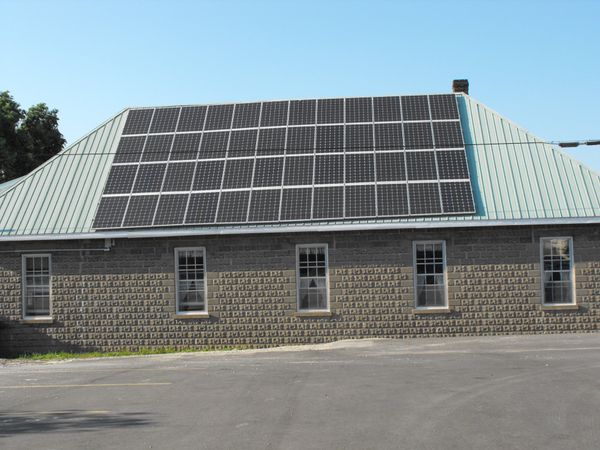
THE FRIENDSHIP GARDEN
Little Current United Church invites you to come visit our Friendship Garden
Sit on a bench near the Peace Pole; rest, contemplate, meditate, pray, commune with nature, refresh your mind and spirit.
This garden in memory of Barbara Squires (and all previous and current Life Members of the UCW) has evolved since the manse was torn down in 2001. After the manse disappeared, a parking lot was created and these stones placed courtesy of Ed Ferguson. Then largely due to the efforts of Wendy Gauthier, and others,…..a garden plot was begun, planted by Wendy and tended annually by her. Remembering how Barb loved the beauty of the crabapple tree, which used to grow by the manse, Jim Machum planted one at the south end of the garden. Unfortunately the tree didn’t survive the winter of 2012 and was replaced in a new location north of the Peace Pole by the Edwards in the summer of 2013.
We discussed what to call it and came up with the name“The Friendship Garden”. We would like it to always be a place of beauty and a place for quiet reflection. Barb died in 2001 and remembering all the work that she did we decided we would like to recognize and commemorate her love of church by dedicating the garden in her memory June 24, 2007.
WHAT is a PEACE POLE?
A Peace Pole is a monument that displays the message “May Peace Prevail on Earth,” usually in a different language on each side. This message is referred to as a peace prayer. It is written here in eight languages and of the hundreds of languages on earth it was not particularly easy to choose. We have English, French, Ojibwe, Hebrew, Arabic, German, Italian, and Korean.
The Peace Pole Project was started in Japan by The World Peace Prayer Society in 1955, shortly after World War 11, by Masahisa Goi. Since then, more than 200,000 have been placed around the world, in 180 countries.
Peace Poles have been placed in such notable locations as the North Magnetic Pole, the Hiroshima Peace Memorial, and the site of the Egyptian Pyramids in Giza, as well as numerous community parks. Frequently they are placed near the entrances of churches or schools. In one case a garden, created for a wedding, was designed around the peace pole that was its center piece.
Perhaps the world’s largest peace pole, at 52 feet, is located in Janesville, Wisconsin at the site of a KKK rally. The initial inspiration for planting peace poles often is as a response to a local issue like a KKK rally. Another of the largest peace poles in the world, as measured in tons if not height, is the granite peace pole in Beech Acres Park near Cincinnati, Ohio. The original inspiration for it was hate literature left in the driveways of Jewish residents.
Fortunately there have not been any such incidents here. We hope and pray that there never will be, that this spirit island may in fact be a place where peace may indeed prevail. We hope it will be a place where various diverse groups may come together, or a restful place to relax in contemplation or prayers for peace.
